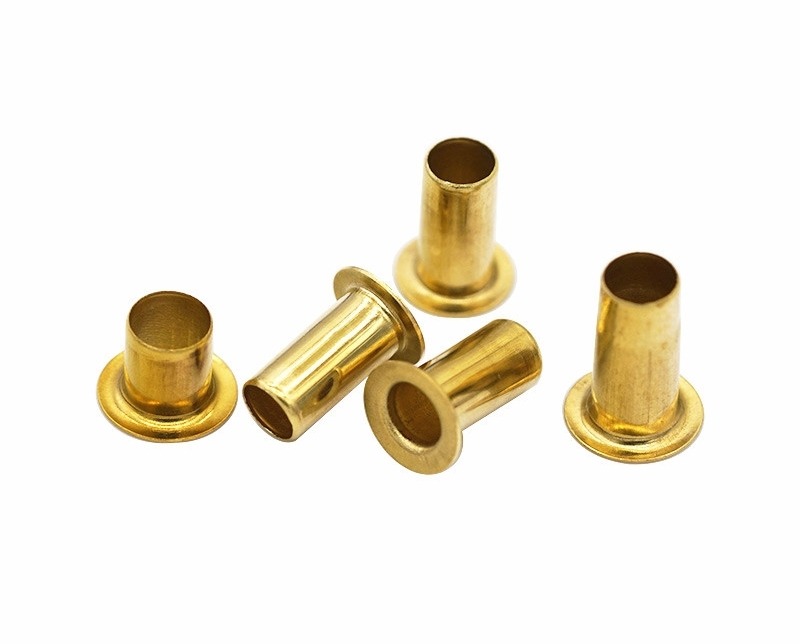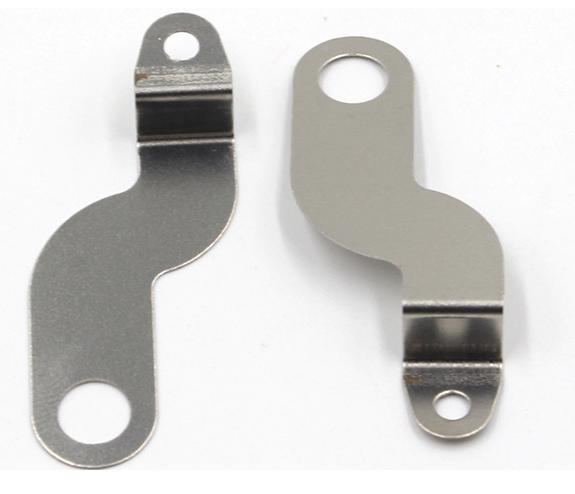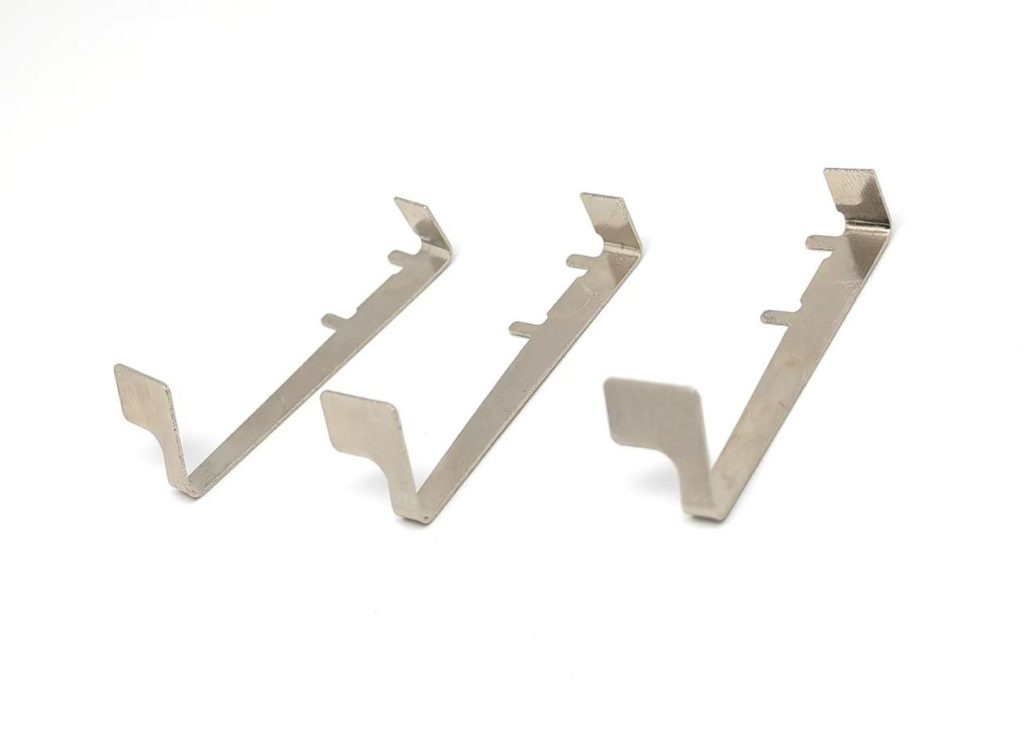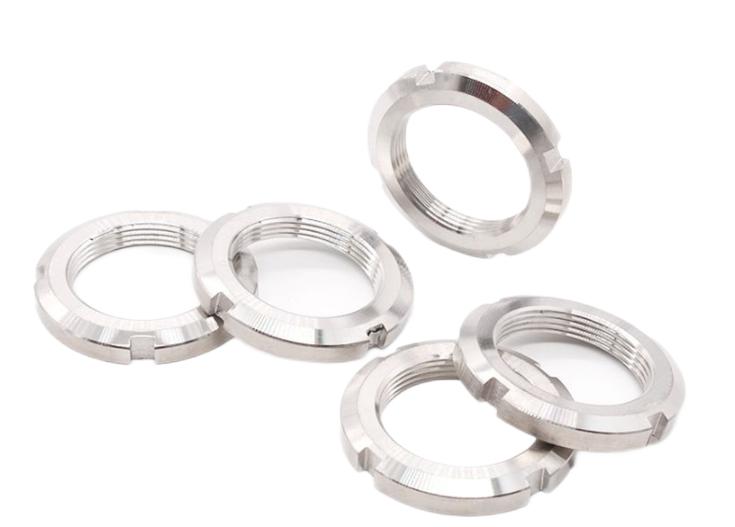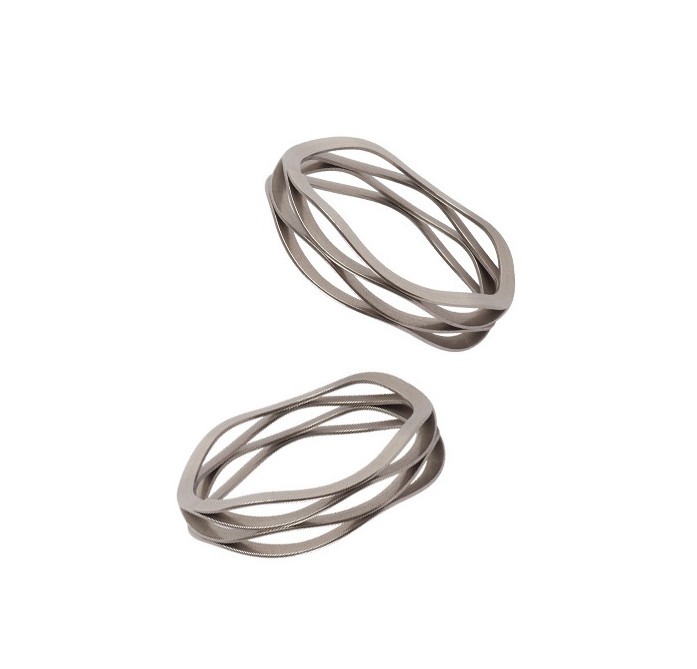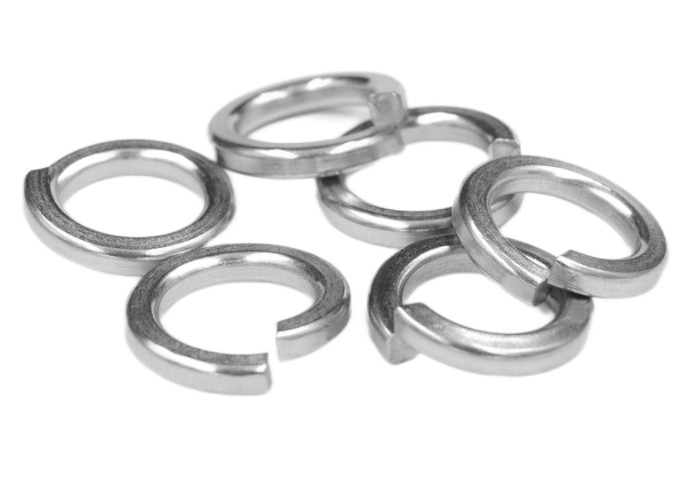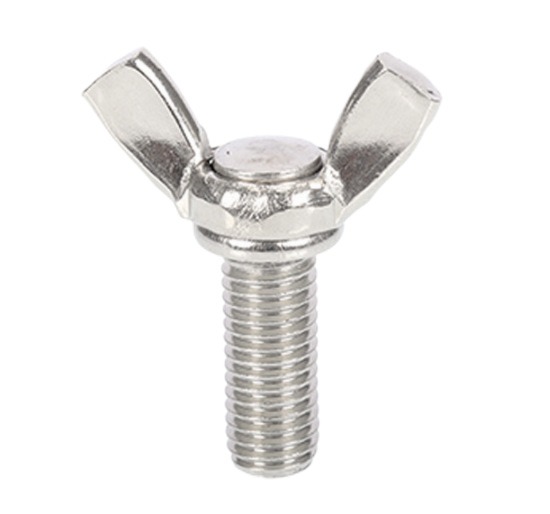Exploring the Process of Automotive Metal Stamping for Car Parts Production
Automotive metal stamping refers to a manufacturing process that involves shaping and forming sheet metal into specific parts and components used in the production of automobiles. The process typically involves feeding a sheet of metal into a stamping press, which applies pressure and forms the metal into the desired shape using a die or mold. Automotive metal stamping is commonly used to produce parts such as hoods, fenders, doors, and structural components, among others. The process is widely used in the automotive industry due to its cost-effectiveness, efficiency, and ability to produce high volumes of parts with consistent quality.
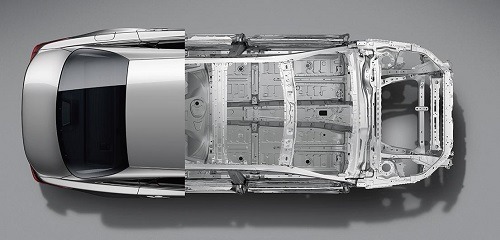
What are the steps involved in automotive metal stamping?
Automotive metal stamping is a complex manufacturing process that involves several steps. Here’s a brief overview of the main steps involved:
Design and Tooling: The first step in automotive metal stamping is to design the part or component to be produced. Once the design is finalized, a tool or die is created to shape the metal into the desired form.
Material Selection: The next step is to select the appropriate material for the part to be produced. Materials commonly used in automotive metal stamping include steel, aluminum, and other alloys.
Feeding: The metal material is fed into the stamping press. This can be done manually or automatically, depending on the complexity of the part being produced.
Blanking: In this step, the metal material is cut into the appropriate size and shape for the part being produced. This is done using a cutting die that is designed to match the shape of the part.
Forming: The metal material is then shaped into the desired form using a forming die. This can involve a variety of processes such as bending, drawing, and deep drawing.
Piercing: If the part requires holes or other features, a piercing die is used to cut these features into the metal material.
Finishing: Once the metal material has been shaped and pierced, any excess material is trimmed away using a trimming die. This ensures that the part is the correct size and shape.
Assembly: In some cases, multiple stamped parts are assembled together to create a more complex component. This can be done using welding, riveting, or other techniques.
Quality Control: Throughout the automotive metal stamping process, quality control measures are in place to ensure that the finished part meets the required specifications. This may involve visual inspections, measurements, and other tests.
Shipping and Delivery: Finally, the finished parts are packaged and shipped to the customer for use in the automotive industry.
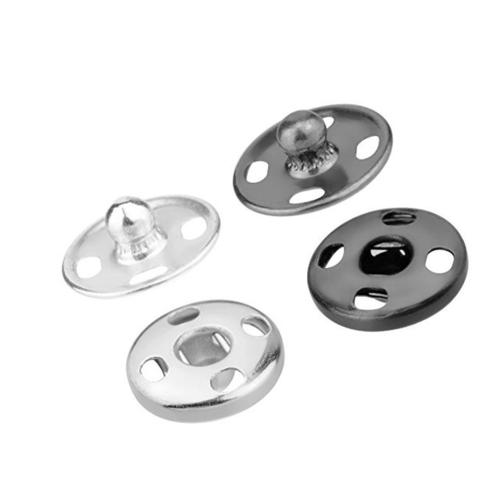
What are the metal materials used in automotive stamping?
Here’s a list of the common metal materials used in automotive stamping, along with their characteristics and examples of auto parts they are typically used for:
| Metal Material | Characteristics | Examples of Auto Parts |
| Steel | Strong, durable, and easily formed. Available in various grades and thicknesses. | Doors, hoods, fenders, structural components, brackets, and reinforcements. |
| Aluminum | Lightweight, corrosion-resistant, and easily formed. Requires specialized equipment and processes due to its lower strength compared to steel. | Body panels, engine components, wheels, and suspension parts. |
| Copper | Good electrical conductivity and corrosion resistance. Relatively soft and malleable, making it suitable for complex shapes. | Electrical components such as wiring and connectors. |
| Brass | Good corrosion resistance and low friction. Suitable for parts requiring a decorative finish. | Trim pieces, decorative accents, and fasteners. |
| Zinc | Good corrosion resistance and low melting point. Used for small, intricate parts. | Connectors, fasteners, and small engine components. |
What are the tools used in automotive metal stamping?
There are several tools that are used in automotive metal stamping to shape and cut the metal material into the desired form. Some of the key tools used in automotive metal stamping include:
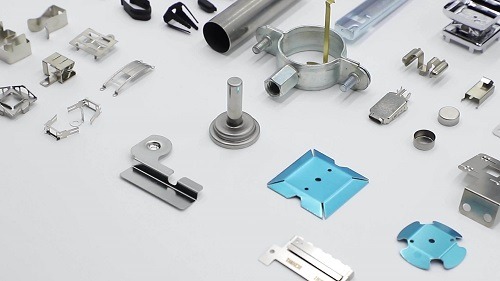
Dies: Dies are tools used to shape the metal material by applying pressure to the metal surface. There are several types of dies used in metal stamping, including blanking dies, forming dies, piercing dies, and trimming dies.
Presses: Presses are machines used to apply pressure to the metal material in order to shape it into the desired form. There are several types of presses used in metal stamping, including mechanical, hydraulic, and servo-driven presses.
Feeds: Feeds are tools used to transport metal material into the press. There are several types of feeds used in metal stamping, including air feeds, servo feeds, and roll feeds.
Coil Handling Equipment: Coil handling equipment is used to handle the metal material in its raw form, typically in the form of a coil. This equipment includes uncoilers, straighteners, and recoilers.
Lubricants: Lubricants are used in metal stamping to reduce friction between the metal material and the dies, and to improve the quality of the finished part. Common lubricants used in metal stamping include oils, greases, and dry lubricants.
Gauges: Gauges are tools used to measure the thickness and dimensions of the metal material, as well as the finished parts produced through metal stamping.
By using these tools, automotive metal stamping allows for the efficient and precise shaping and cutting of metals to produce high-quality automotive parts.
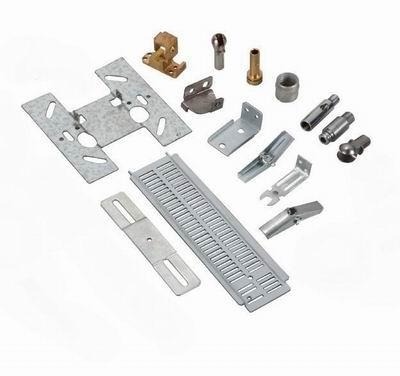
In conclusion, automotive metal stamping is a complex but essential process in the production of car parts. With the advancement of technology, manufacturers are able to produce high-quality parts that are durable, cost-effective, and aesthetically pleasing. By understanding the process and choosing the right materials and equipment, automotive companies can streamline their production process and improve the quality of their products.
As the demand for automobiles continues to grow, the importance of efficient and effective metal stamping processes will only increase. With the use of computer-aided design and simulation software, manufacturers can optimize their stamping process and reduce costs while improving product quality. By constantly improving their methods and techniques, automotive companies can remain competitive in the global marketplace and continue to produce high-quality, reliable vehicles for consumers worldwide.

